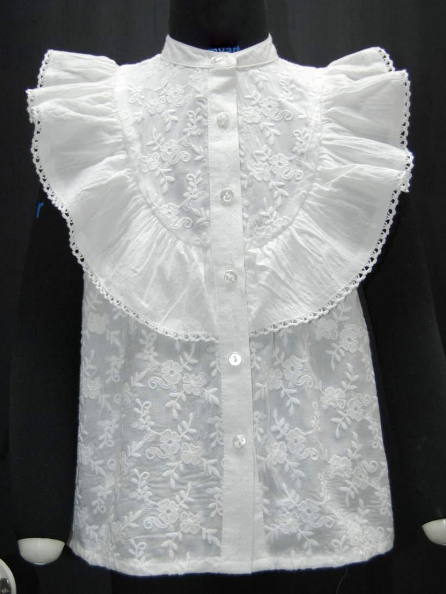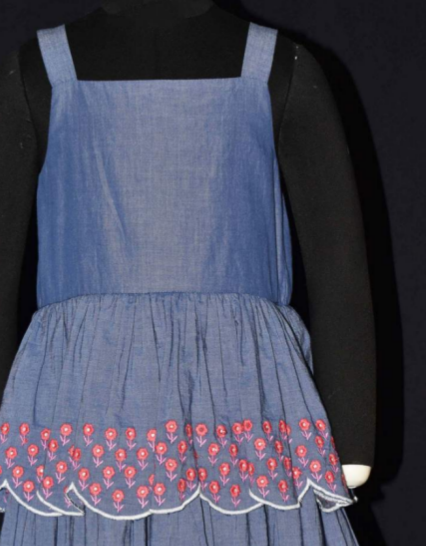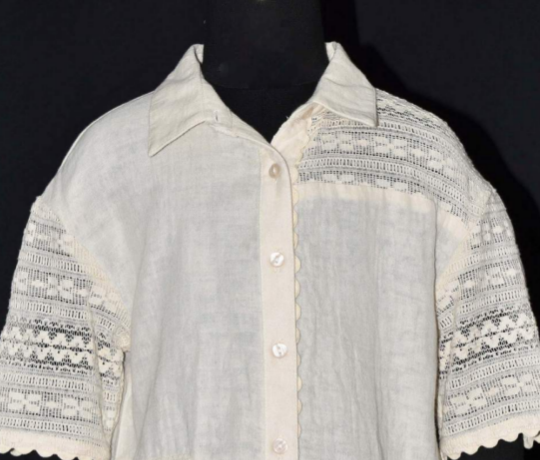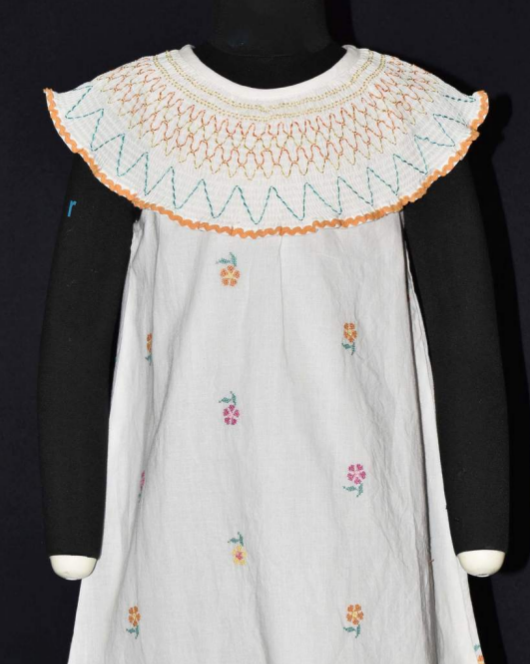Fabric Choices In Women’s Wear Manufacturing: What Makes Or Breaks A Design

When it comes to women’s wear manufacturing, fabric choice is the foundation of a successful design. The right fabric can elevate a garment, making it both stylish and comfortable, while the wrong fabric can detract from its appeal, even if the design is flawless. Let’s take a closer look at how fabric choices play a critical role in women’s wear manufacturing and what makes or breaks a design.
Aesthetic Appeal
The fabric’s appearance can significantly affect the overall look of a garment. Whether it’s the luxurious sheen of satin, the texture of velvet, or the simplicity of cotton, fabric choice determines how the design will look and feel. Fabrics with rich textures, vibrant colours, or interesting prints can add depth and uniqueness to a piece. For example, a dress made from silk will give a sophisticated, flowing look, while a cotton dress offers a more casual and breathable style.
Comfort and Fit
A good design is only as effective as the comfort it provides. Women’s wear must cater to a wide range of body types, so fabric choice is essential for ensuring a flattering fit. Fabrics like spandex or jersey are perfect for body-hugging designs, offering stretch and comfort. Meanwhile, fabrics like linen or cotton are ideal for loose, breathable garments that offer comfort during warmer months.
An apparel manufacturer in India plays a vital role in selecting fabrics that are both fashionable and practical. With the country’s rich textile heritage, manufacturers often have access to diverse and high-quality fabrics, offering designs that cater to both domestic and international markets.
Durability and Care
Fabric durability is another crucial factor. Women’s wear manufacturers must consider the longevity of the fabric in relation to its intended use. Fabrics that are too delicate might not hold up over time, while others may require excessive care. For instance, wool needs delicate handling, while polyester is more resilient and low-maintenance.
Trend Relevance
Finally, fabric choices must align with current fashion trends. Today, sustainable fabrics like organic cotton, bamboo, and recycled materials are gaining popularity. These materials not only align with the growing demand for eco-friendly fashion but also meet consumer expectations for comfort and style.
Conclusion - Fabric choice is central to the success of women’s wear manufacturing. It impacts the garment’s look, comfort, durability, and relevance to modern trends. As Cheer Sagar always emphasizes, understanding the fabric’s role is crucial in producing designs that are both aesthetically appealing and functional, ultimately making the garment a true success.
Related Blog
Decoding Women’s Clothing Sizes: US Size Measurements And Their Indian Equivalents
Women often come across the dilemma of which clothing size to choose while ordering online. Ordering the perfect...
What Makes A Design Trendy? Jaipur Experts Reveal
As a garment manufacturer, what’s better than coming up with a design that’s trendy? A good design that’s fit for...
How To Develop The Right Outsourcing Strategy For Apparel Business?
While the consumer industry is moving more and more towards do-it-yourself projects, businesses realize that outsourcing is the way...




